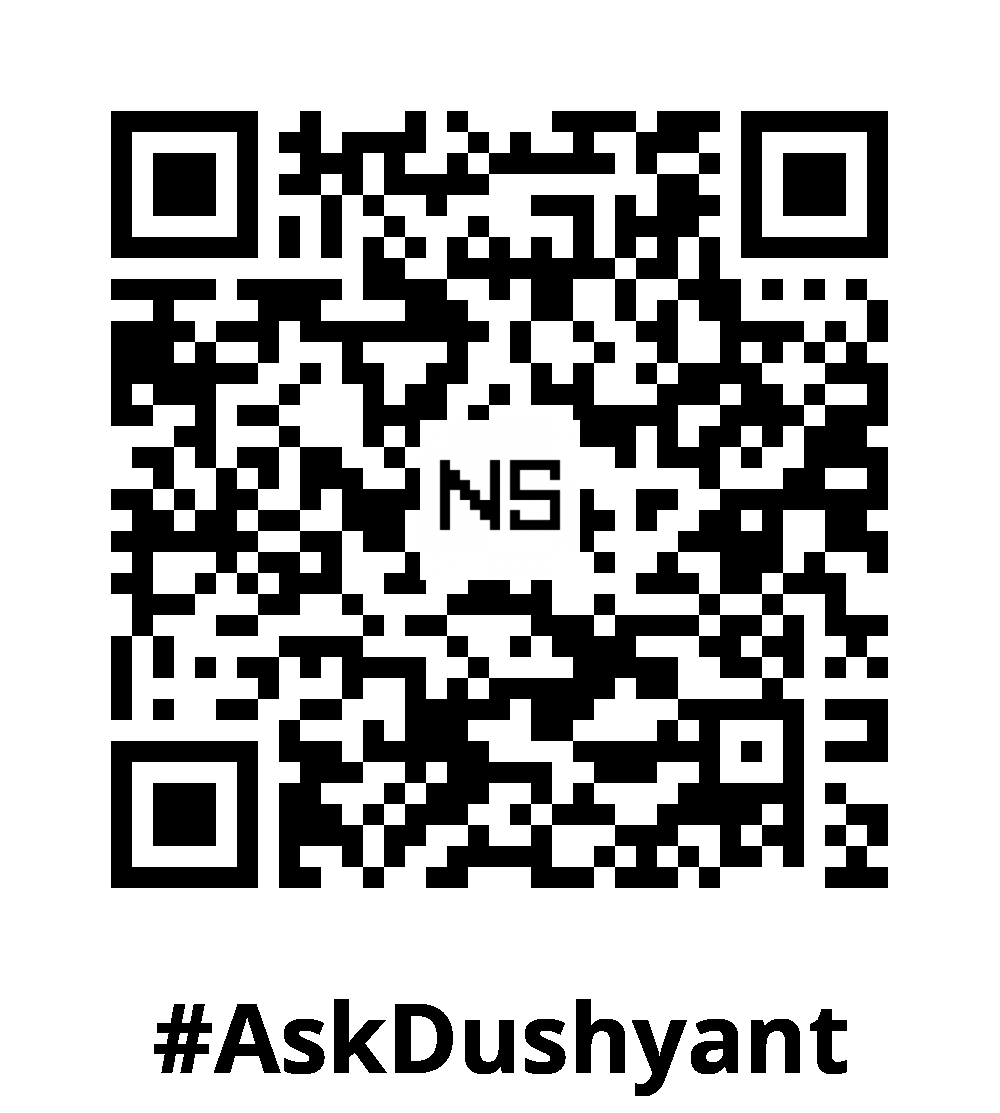Welcome tech alchemist, to the world of secure digital communication! Today, we’re diving deep into the realm of JWTs, the mystic potion 🧪 of web security. Whether you’re a seasoned developer or just dipping your toes into the tech pool, understanding JWTs is crucial in today’s interconnected digital landscape.
What on Earth is a JWT?
JWT stands for JSON Web Token, a compact and self-contained way to securely transmit information between parties. In simpler terms, it’s a digital passport that websites can trust. Think of it as your ID card, but for the internet. Imagine you want to access a restricted area in a website; the JWT acts as your golden ticket, granting you access without revealing sensitive information.
Purpose Behind JWTs: Unraveling the Mystery
JWTs serve several essential purposes in the tech world:
- Authentication: When you log into a website, it verifies your identity using a JWT.
- Information Exchange: They allow secure transmission of information between parties.
- Data Integrity: JWTs ensure that the data hasn’t been tampered with during transmission.
- Compactness: They are small in size, making them efficient for data exchange.
Use Cases: Where JWTs Shine Bright
- Single Sign-On (SSO): JWTs enable seamless login experiences across multiple platforms without the need to log in each time.
- Secure APIs: They authenticate users accessing APIs, ensuring only authorized users interact with sensitive data.
- Web Tokens: JWTs are used to authenticate users in web applications, securing their sessions.
- Information Exchange: JWTs are perfect for passing information in a secure and compact manner, commonly used in authorization and information exchange protocols.
JWTs in Action
Imagine you’re logging into your favorite social media platform. After entering your credentials, the server generates a JWT containing your user ID and some other information. This JWT is sent back to your browser, securely stored. Now, whenever you like a post or comment, your browser sends this JWT along with the request. The server, trusting the JWT, processes your request without needing you to log in repeatedly.
In code, a JWT might look something like this:
{
"userId": "123456789",
"username": "techgeek42",
"exp": 1677644163
}In this example, userId represents your unique identifier, username is your online handle, and exp signifies the expiration time of the JWT. Clever, isn’t it?
My Tech Advice: Understanding JWTs is akin to wielding a powerful tool in the digital age. They facilitate secure communication, enhance user experiences, and empower developers to build seamless, trustworthy applications. As we journey deeper into the tech landscape, remember: every time you log in effortlessly or securely access your data through an API, JWTs are likely working behind the scenes, ensuring your digital interactions remain smooth and safe. So here’s to JWTs – the mystic potion 🧪 of web security! 🚀
#AskDushyant


Leave a Reply